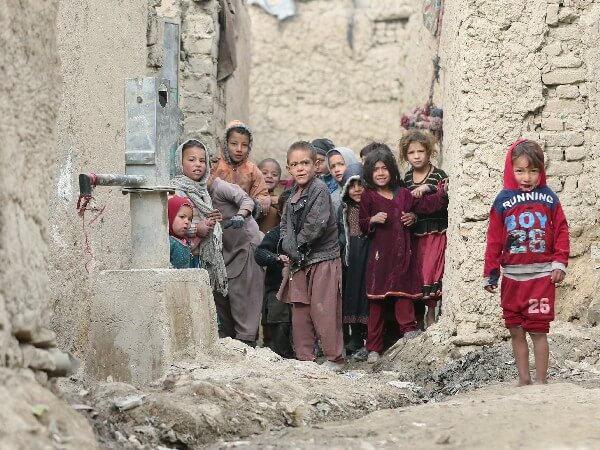
Turmoil in Afghanistan and India’s Calibrated Steps
Tue, 31 Aug 2021 | Reading Time: 8 minutes

As the dust settles on the erstwhile Kingdom of Gandhara, the attention shifts from the ongoing evacuation and the so-called American blunder, to ‘what next?’. Distant nations in the European Union and the Middle East are on guard as it falls in their circle of concern. However, India, Russia, Iran, China, and Pakistan know that it falls in their circle of influence. It is easy to delve into the past or talk about the present, but crystal gazing into the future is very tough, especially when one is dealing with an entity as unstable as the Taliban.
While the other nations’ strategists must be drawing up their roadmap for Afghanistan, what are India’s options, and what should be India’s objectives in the region?
To frame the future objectives, one must first examine the past and present objectives and see how relevant they are in today’s context. India has been heavily involved in Afghanistan’s nation-building and humanitarian assistance. India has invested over US $3 billion in more than 400 infrastructure projects in the past 20 years. Some of the important Indian undertakings are:
- Afghan Parliament building: US $ 90 million
- India-Afghanistan Strategic Partnership Agreement
- Trade
- Economic Assistance
- Scientific Assistance
- Technological Cooperation
- Duty-free access to the Indian market
- 218 km Zaranj-Delaram highway
- Salma Dam
- Power projects and power transmission lines
- Indira Gandhi Institute, the largest pediatric hospital in Afghanistan
- Healthcare centers in Badakhshan, Balkh, Kandahar, Khost, Kunar, Nangarhar, Nimruz, Nooristan, Paktia, and Paktika
- 1000 civilian and military vehicles
- Proposed membership of International North-South Transport Corridor (INSTC)
From the foregoing, it is amply evident that India has lived up to its ancient connection with Afghanistan and provided the best possible assistance to the ravaged Bactrian province. Therefore, India should aim for the following objectives in Afghanistan:
- Not to recognize the Taliban regime but keep the communication going
- Connect with Northern Alliance and other stakeholders
- Dialogue with Russia and Iran
- Monitor Chinese, Pakistani, Terrorism and ISI’s drug money
- Continue with infrastructure projects
- Assist in healthcare projects
- Prepare for an onslaught of propaganda warfare from China, Pakistan, and the Taliban
- Activate Gissar and Farkhor bases in Tajikistan
The Taliban Regime
A lot of analysts expect India to recognize the new regime sooner than later. Their observation is that the Taliban has changed and the Taliban 2.0 is a different kind of regime. Funny thing is that the Taliban has not given any such undertaking or statement.
Geopolitics is a double-edged sword that demands a fine balance between principles and reality. The Taliban will form a government, that is a reality. The Taliban will not compromise on their principles, that is a foregone conclusion. India will have to walk that middle path, without recognizing the Taliban, and still being relevant.
Not recognizing the Taliban regime in a rush has its benefits. Psychologists call it ‘avoidant personality disorder’ or sometimes ‘dysphoria’. Now I do not say that the Taliban suffer from any of this but fear of rejection exists in every individual or the organization, so not rejecting them gives hope and not recognizing would keep them in check.
The Lion of Panjshir
India must explore other stakeholders in Afghanistan and utilize its experience in the region. The very first organization which comes to mind is the Northern Alliance. The first contact with Ahmad Shah Massoud, the Commander of Northern Alliance, was established in 1996 through the Indian ambassador in Tajikistan. He was fighting the Taliban directly and Pakistan indirectly. Therefore, it made sense to assist him. India supplied uniforms, ordnance, mortars, small armaments, refurbished Kalashnikovs, combat and winter clothes, packaged food, medicines, funds through his brother in London, and two Mi-8 helicopters.
Ahmad Shah Massoud was assassinated in 2001. Today his son Ahmad Massoud is giving resistance to the yet to be formed Taliban regime. Former Vice President of Afghanistan Amrullah Saleh is another influential person who is well known to India. He is currently waging the war against the Taliban from the Panjshir Valley. They are known players and India must engage with them on regular basis.
India needs to rethink its relationship with the ousted President Ashraf Ghani, and former President Hamid Karzai. They have played a huge part in the collapse of Afghanistan, and have lost all the credibility among the Afghan citizens. India may continue engaging former Chief Executive Officer of Afghanistan Abdullah Abdullah.
Russia and Iran
Russia and Iran are two very important players in the region. Despite the fact that Russia shares no common border with Afghanistan, it is very sensitive to two issues. Firstly, it fears that the Taliban would assist Chechen rebels in Russia, and secondly, it abhors the idea of any third party destabilizing their hold over the Central Asian Region (CAR). Russia is already upset with the presence of Chinese paramilitary forces in Tajikistan, north of the Afghan Wakhan Corridor, bordering Baza’i Gonbad.
The second point is in India’s favour. India should prevail upon Russia and explain how China and Pakistan may diminish the Russian role in CAR. It seems some work in that direction is already underway. The Pakistani Foreign Minister Shah Mahmoud Qureshi, who had gone to Tajikistan looking for support for the Taliban was snubbed and returned empty-handed.
Iran shares similar fears what Russia has. They fear for the Shia minority in Afghanistan. Even though the Taliban has assured them of cooperation, they fear that the Taliban regime would go soft on the rise of ISIS and anti-Iran activities from Afghan soil. India must ensure all assistance to Iran and in return demand cooperation in the region. The recent flurry of visits to Iran by the Indian Foreign Minister Dr S Jaishankar are the indicators that India is heading in the right direction.
China and Pakistan
It is a known fact that the Inter-Service Intelligence (ISI) of Pakistan is wholeheartedly behind the rise of the Taliban. It is fully cooperating and coordinating with China, while backstabbing the Americans. The meeting between the Taliban leader Mullah Abdul Ghani Baradar with the Chinese Foreign Minister Wang Yi in July followed the unprecedented rise of the Taliban, confirming the conspiracy theory.
The unfortunate Kabul airport bombing on 26 August 2021 has brought a paradigm shift in the very fast-changing narrative. A full assessment of the incident would make it clear, if Pakistan and China were assisting forces inimical to the ongoing evacuation effort. It is amply clear that the bombing was to undermine the evacuation efforts and humiliate the United States and the western nations involved in the effort.
Under the thumb of Pakistan and China, how much soever the Taliban undermine India, the fact remains that India has a good standing among Afghan citizens. Despite recent threats and incidents, India must continue its infrastructure and healthcare projects. India’s twenty years of effort should not be undone just because conditions are not conducive as of today. India may go slow for the time being but should not pull out completely.
The Coming Propaganda War
All the countries invested in Afghanistan have to brace for an onslaught of a propaganda war not only from the Taliban, but from China and Pakistan too. The Taliban has been working on its social media image as well as disinformation tactics for over a decade. The Taliban 2.0 is certainly a changed entity, but only in its approach to engaging with the world. They have shed their medieval image and shows a willingness to use modern technology. In all probability, Pakistan’s ISI and Chinese agencies were mentoring them all this while.
The Taliban picked up many lessons from their arch-rival Islamic State’s highly effective propaganda techniques in Syria. They launched Telegram and WhatsApp channels. They studied the US-led coalition forces’ methods of tracking and killing ISIS fighters whose overuse of social media would give away their locations.
They understood the power of social media when they learned that around 40 percent of Afghans have access to the Internet and over 90 percent have a mobile device. The Taliban realized that if they have to rule Afghanistan in the years to come, they have to work on their image and prepare for a disinformation campaign. Soon after the 2019 anti-Muslim terror attack in New Zealand, while all the terrorist groups were demanding revenge, the Taliban called for an investigation and not jihad, boosting their image.
During the recent bloodless takeover of Kabul, they once again bombarded social media with propaganda videos. They were showcasing victories in places where the fight was still going on. Social media was also abuzz with the dreaded Badri 313 special forces units carrying out swift operations. Smartphone-wielding Taliban fighters defeated a national army that was preparing for this day for the past 20 years.
Despite all the celebrations, the road to China would not be easy. They are clueless and don’t know who would rule the country in the coming days. However, China would utilize every opportunity to embarrass the western world and especially the United States. They have already dived into a mega propaganda war, churning out videos and paid articles to showcase the decline of the United States, and how unsafe those countries are who depend upon the American help.
The biggest propaganda war would come from the ISI. More than for outsiders, this propaganda would be for the consumption of the Pakistani citizens. To justify such a huge military budget for a small country, they would gloat how they have defeated two superpowers. The terrorist haven would not find the going easy. Samuel Johnson once rightly said, “the chains of habit are too weak to be felt until they are too strong to be broken”. The noose is tightening around Pakistan. Sooner or later the country would be exposed, more so after their role in Afghanistan, pushing them closer to the FATF’s blacklist.
There is No End to the Misery
“We must remember, the marks powerful nations leave on history are too often scars”
The precarious situation in Afghanistan would compel the Indian government and security forces to be on high alert for a long time to come. With the Taliban firmly installed in the seat, ISI would be the biggest drug lord in the world. Over US $30 billion worth of heroin passes through Pakistan annually. ISI’s margin in the trade is over 90 percent. With the illicit drug money, which is three times Pakistan’s defence budget, ISI could create havoc in the region.
The Indian states bordering Pakistan and China would face the brunt of the terror activities, and the propaganda onslaught. After a lull, terrorism has once again picked up in the Union Territory of Jammu and Kashmir. North-Eastern states have also seen a rise in terrorist activities along with disinformation campaigns from China.
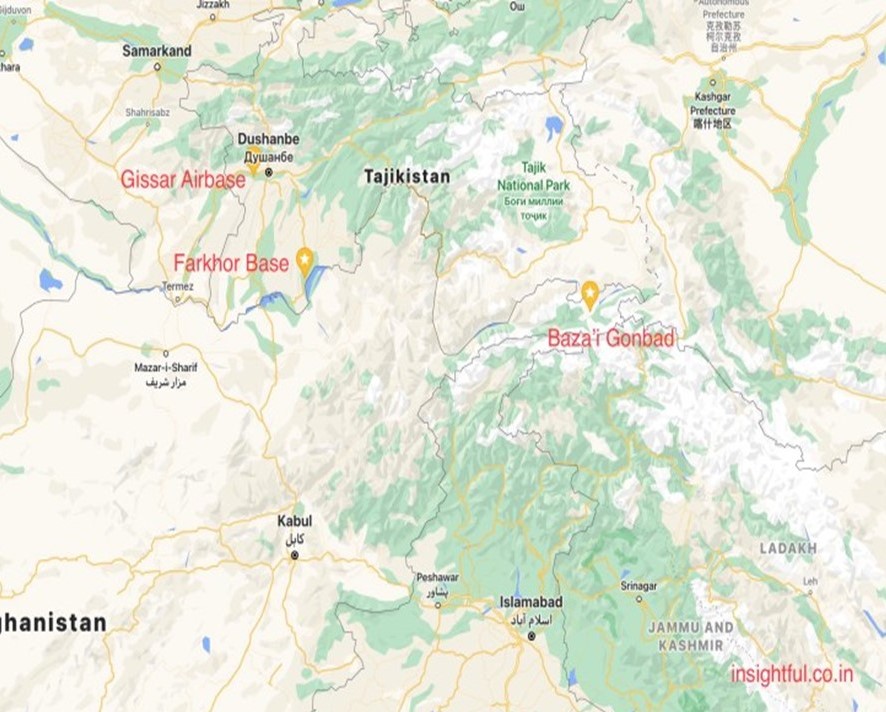
Gissar Airbase, Farkkhor Base, and Chinese deployment in Tajikistan
In addition to securing the country from within, India would need to expand its footprint in other regions. Tajikistan is wary of the ISI and the Taliban’s activities in the region. They are also under pressure from Russia. They would be more than willing to allow India to activate Gissar Military Aerodrome (GMA) and Farkhor Base along with the hospital facilities. Both these bases would give India a very strong foothold in CAR. The location gives India a chance to keep an eye on the activities in Wakhan Corridor & Pakistan-occupied Kashmir (POK). These locations would also be most suitable to provide any assistance to the Northern Alliance, as and when required.
Looking at the present fragile situation in the region, in the hindsight, it was a great decision by the successive Indian governments not to get involved in Afghanistan militarily. Indian government’s stand shall remain so. India should calmly wait for the day when conditions will compel China to push Pakistan to put boots on the ground. That is the day India would remember Napoleon Bonaparte’s words, “Never interrupt your enemy when he is making a mistake.”
Despite the evacuation debacle in Afghanistan, the United States is neither down nor out. A lot of narratives would be pushed towards India in the wake of the United States mismanagement, from within and from outside India. India must stick to the original plan. As the region heads for another painful phase of uncertainty and a multipolar world, India would need allies like never before.
*************
Author

A veteran of the Indian Navy, Cdr Sandeep Dhawan served in the Navy from 1988 to 2009. He was a Maritime Reconnaissance Pilot and a Flying Instructor. He is a geopolitical analyst and writes for the various online websites and organizations. His Twitter handle is @InsightGL.
*************
References:
- breakingdefense.com/2021/08/afghan-aftermath-will-pacific-states-see-weakened-us
- thediplomat.com/2021/08/chinas-political-calculations-and-potential-options-in-afghanistan
- indiatoday.in/business/story/decoding-india-investments-in-afghanistan-return-of-taliban-impact-1841897-2021-08-17
- firstpost.com/india/from-afghan-parliament-to-salma-dam-a-look-at-indian-infrastructure-development-initiatives-in-afghanistan-9890341.html
- thehindu.com/news/national/how-india-secretly-armed-ahmad-shah-massouds-northern-alliance/article29310513.ece
- brookings.edu/opinions/americans-never-understood-afghanistan-like-the-taliban-did
- brookings.edu/blog/order-from-chaos/2021/08/24/pakistans-problematic-victory-in-afghanistan
- atlanticcouncil.org/blogs/new-atlanticist/before-the-taliban-took-afghanistan-it-took-the-internet
- dawn.com/news/731994
- Afghanistan: Graveyard of Empires by David Isby
- Pakistan, the Taliban, Al Qaeda and the rise of terrorism by William J Topich
- Directorate S by Steve Coll
Disclaimer
The opinions expressed in this article are the author’s own and do not reflect the views of Chanakya Forum. All information provided in this article including timeliness, completeness, accuracy, suitability or validity of information referenced therein, is the sole responsibility of the author. www.chanakyaforum.com does not assume any responsibility for the same.
Chanakya Forum is now on . Click here to join our channel (@ChanakyaForum) and stay updated with the latest headlines and articles.
Important
We work round the clock to bring you the finest articles and updates from around the world. There is a team that works tirelessly to ensure that you have a seamless reading experience. But all this costs money. Please support us so that we keep doing what we do best. Happy Reading
Support Us




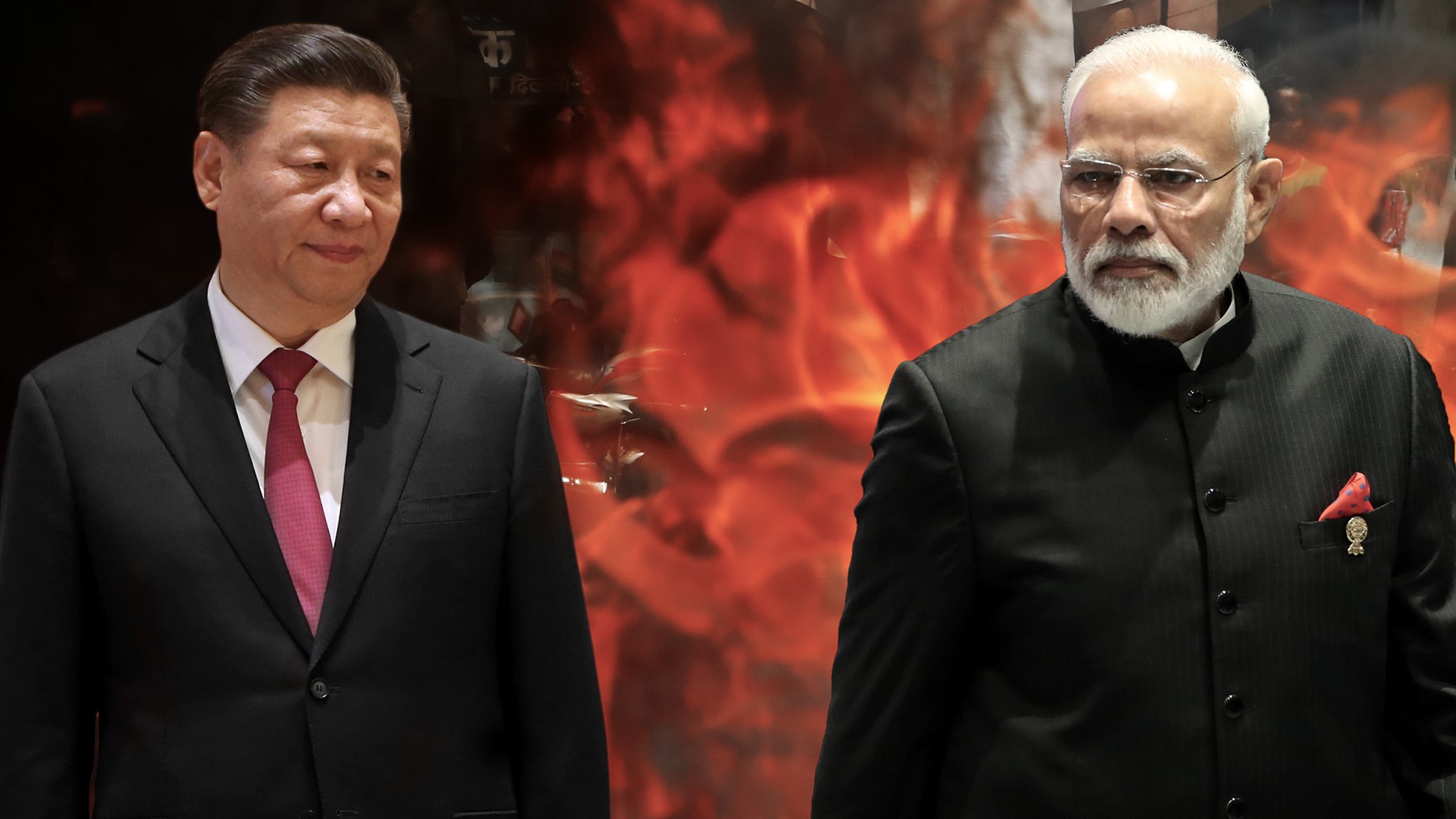
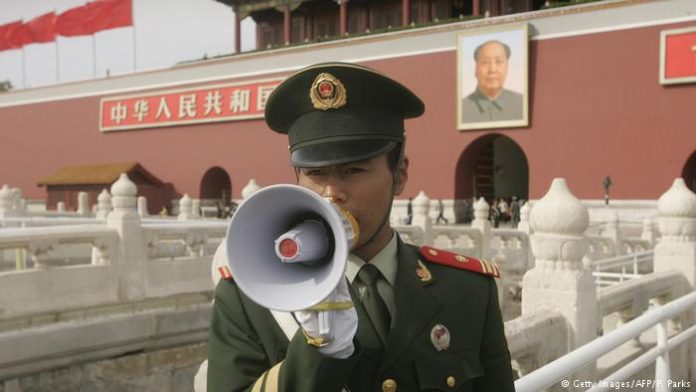
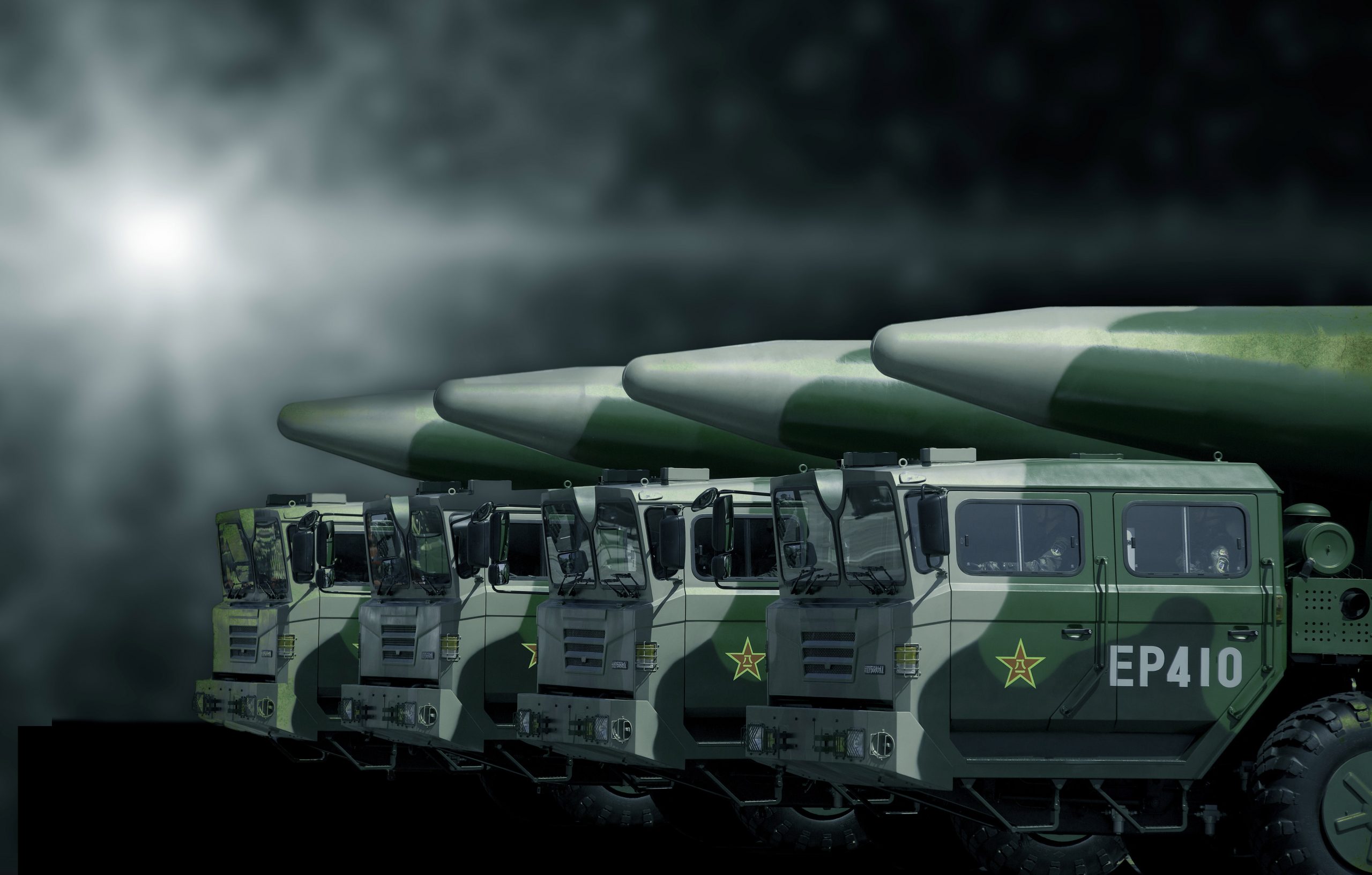

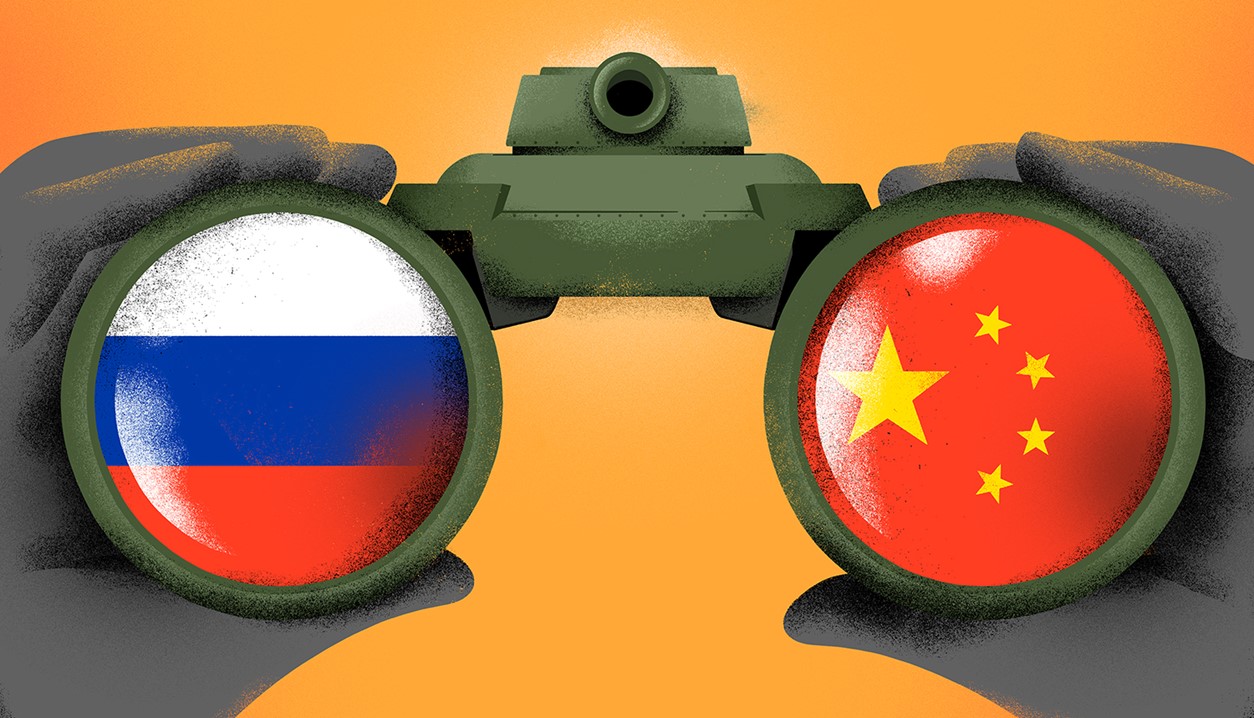

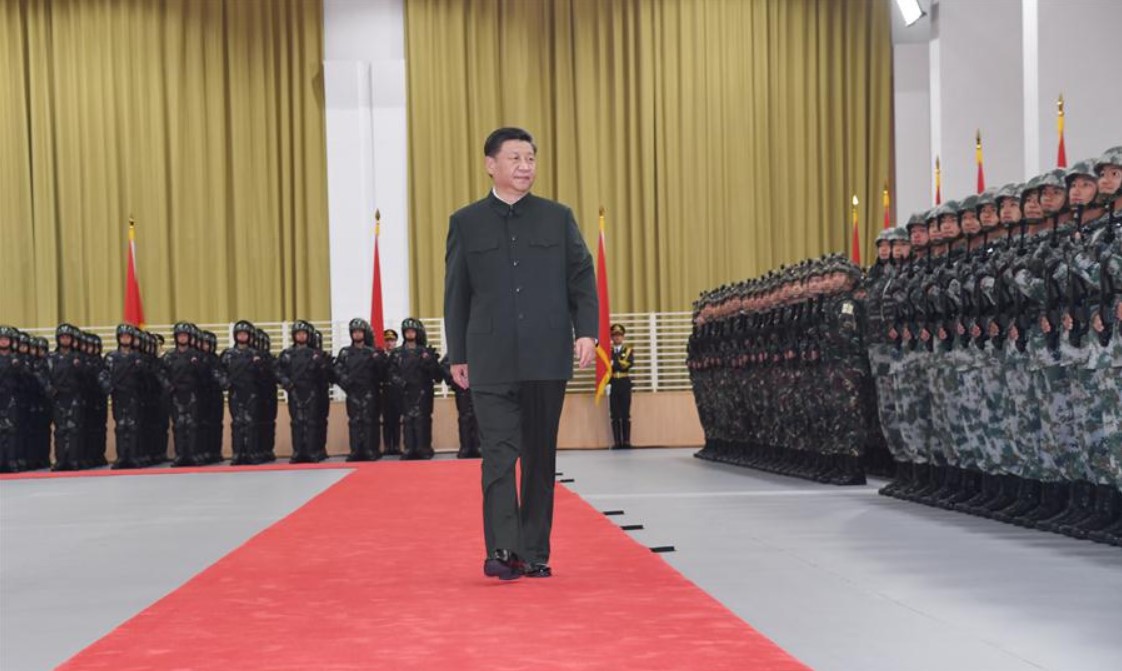
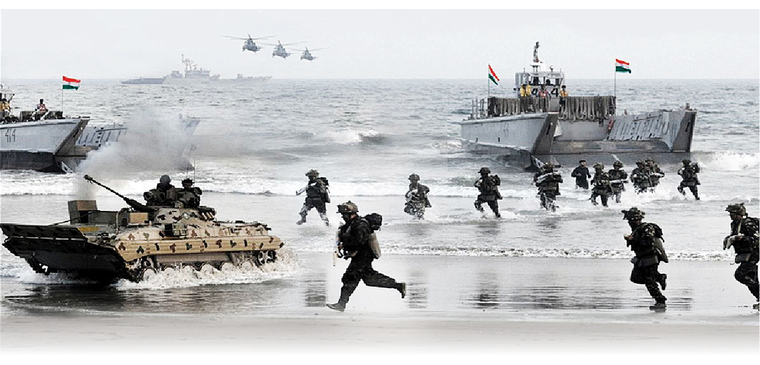

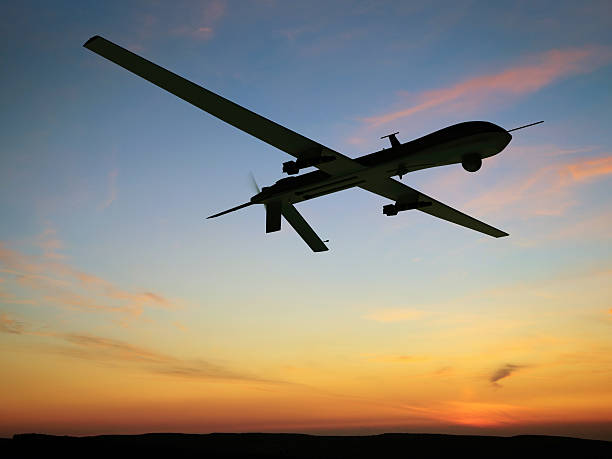






POST COMMENTS (49)
H K Rana
Ajay Maini
P K Misra
Rajeev Mishra
Bryan
Mishika Raj
Madhu TP
Capt(IN) Sanjay Jaiswal
Shaunak
Air Cmde Harish Nayani
Judithann Campbell
c.a.post
Rominad
Sanjay Kumar
Capt Rakesh kapahi
Abhay Mittal
derrick knight
Dnyaneshwar Katkar
Ajay Sreedhar
Cdr Mathews
Rakesh P
MS Chahal
Col MS Chahal
Narendar kashib
Jerry Gill
Raman Gupta
Raghu Vir
Sukhjit singh
Wendell Bruges
Rajesh Dhawan
Julian
Joseph Mathew
VeerD
ATUL D
Rammohan Oka
Chitta
Sid Gupta
Sid Gupta
VeerD
Cdr Deepak Singh
Surendra Mohanty
Sanjay Jha
ANUP GHOSH
Deovrat Pagay
Amar Singh Rathore
Dhirender Gaur
Rajeev
Ashish Popli
UNMESH MISRA